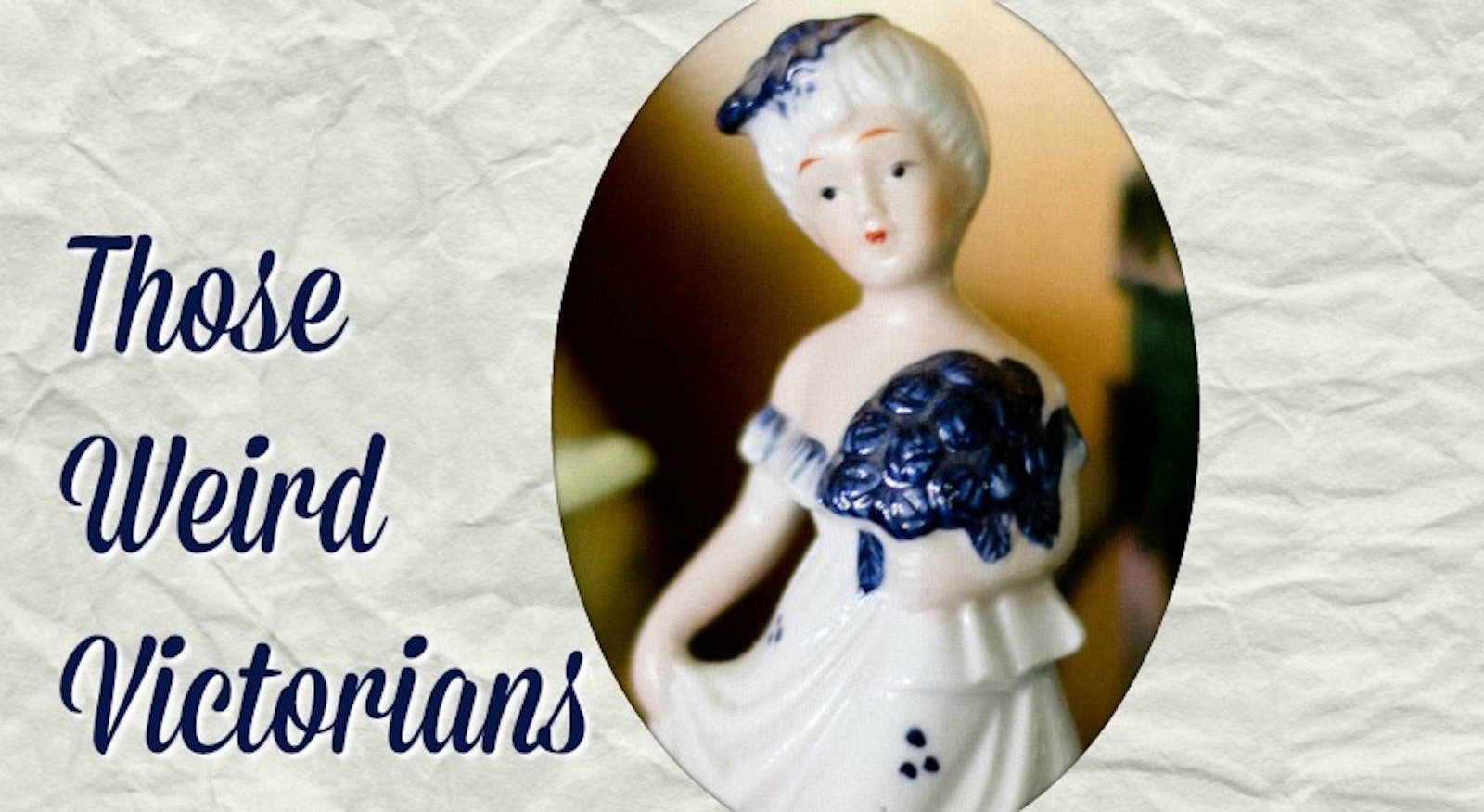Is knitting better than sewing, or does embroidery reign supreme? Today’s crafters would scoff at the question! Yet, those weird Victorians would certainly have an opinion on the matter. When it came to needlework, what you stitched said volumes about your place in society. How do your preferred crafts rank in the Victorian needlework hierarchy?
In the September/October 2012 article “Victorian Social and Needlecraft Hierarchies in Jane Eyre,” Marika Simon exposes the Victorian needlework pecking order as told through the characters of the novel Jane Eyre by Charlotte Brontë (1816–1855).
Plain Sewing
When Jane accepts a position teaching at the village school, she is reminded to teach the poor girls how to do plain sewing and knitting. Marika explains, “At the lowest level of the needlework continuum was plain sewing. Women in the poorer, lower classes needed not only to be able to make clothing and domestic linens for their families but to repair them so as to keep their investment usable for as long as possible.”
Knitting
Knitting leads a double life in the Victorian needlework hierarchy. On one hand, knitting is utilitarian. Through a window, Jane sees the servant Hannah knitting stockings by candlelight. On the other hand, Mrs. Fairfax, the housekeeper of Thornfield, is often knitting, even during social occasions. Mrs. Fairfax knits not for utilitarian purposes, but as a way to pass the time. Marika clarifies, “While knitting was a basic accomplishment that might be taught to cottagers’ and farmers’ daughters and practiced by a rustic domestic, it also was practiced by women of a more genteel class.”
Fancy Needlework
The character Eliza Reed exemplifies the exalted stature of fancy needlework within the Victorian needlework hierarchy. Marika says, “Using fancy needlework to embellish ecclesiastical linens, Eliza creates beauty but in a regimented, dutiful fashion empty of passion though full of moral rectitude.”
Most of today’s crafters create for pleasure rather than out of necessity. In every issue of PieceWork, we celebrate all forms of needlework, without judging one to be grander than the others. That is a good thing!
—Elizabeth

